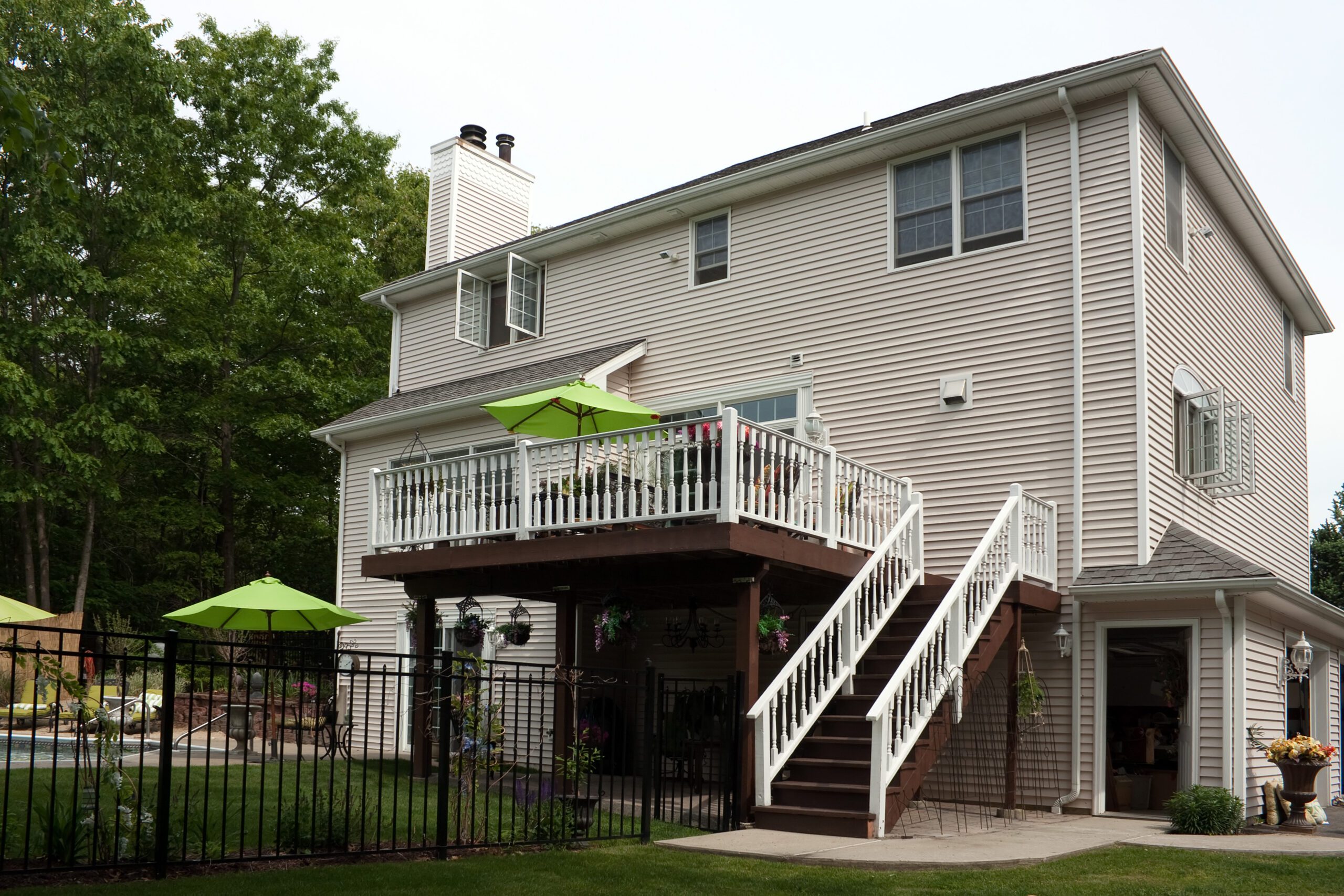Maintaining a lush green lawn is not just about watering it regularly or fertilizing it occasionally. It requires proper care, including the right mowing techniques that can make all the difference in your yard’s health. Here are some essential tips for achieving a beautiful and healthy lawn:
1. Cutting Height – The height at which you cut your grass plays an important role in its overall health. A general rule to follow is to never remove more than one-third of the blade during any single mowing session. This helps prevent excessive stress on the grass roots and encourages new growth.
2. Mowing Pattern – Mowing in different patterns each time will help reduce the risk of wear and tear on specific areas of your lawn. Try to avoid making repetitive passes over the same area as this can cause bald spots and uneven growth.
3. Sharp Blades – Dull blades can cause unnecessary damage to your grass, resulting in brown patches and other issues. Make sure to sharpen your blades before every mowing session to ensure clean, even cuts.
4. Watering – Regular watering is crucial for maintaining a healthy lawn. However, be careful not to overwater as this can lead to root rot and other problems. The best approach is to water deeply but infrequently, allowing the soil to dry out slightly between waterings.

5. Fertilization – Feeding your lawn with the right nutrients is also critical for promoting healthy growth. Choose a high-quality fertilizer that contains a balanced mix of nitrogen, phosphorus, and potassium. Apply according to package instructions, taking care not to overdo it.
In addition to these tips, there are several common lawn diseases that homeowners should be aware of. Some of the most common include:
1. Brown Patch – This disease occurs when warm temperatures and high humidity combine to create ideal conditions for fungal growth. Symptoms include circular patches of dead or discolored grass. To prevent and treat brown patch, apply fungicides according to label directions.
2. Snow Mold – Also known as frost flower, snow mold occurs when certain types of fungi grow on top of melting snow. Symptoms include white or pinkish spots on the grass. Prevention involves raking away any accumulated snow as soon as possible. Treatment may involve applying a fungicide.
3. Red Thread – This disease causes reddish-brown threads of fungus to appear on the grass blades. Symptoms often first appear along the edges of the lawn. To prevent red thread, avoid overfertilizing and keep the lawn well-watered. Treating red thread typically involves applying a fungicide.
By following these tips and being vigilant for potential diseases, homeowners can achieve a lush, healthy lawn year-round.





